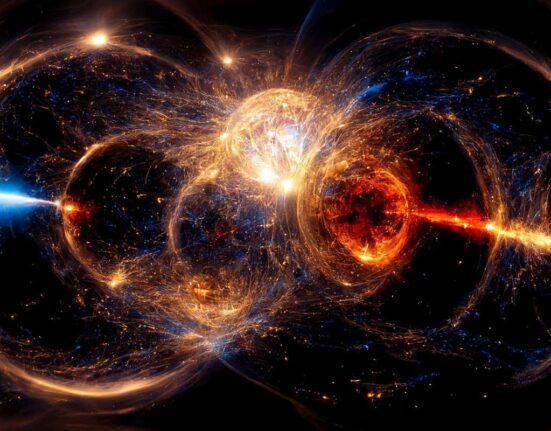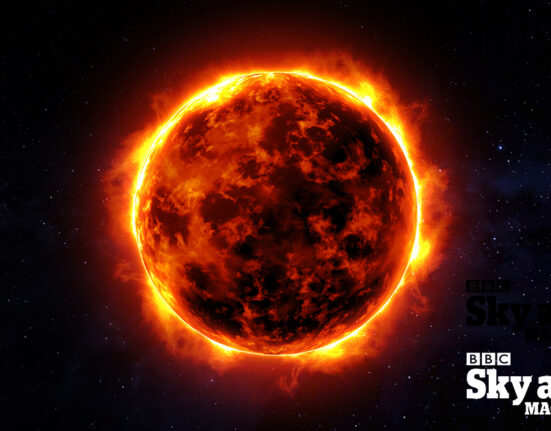A recent study, conducted by scientists Siying Lu and Andrey Khlystov and published in April’s issue of Environmental Science: Atmospheres, delved into the effects of wildfire smoke on air quality in Reno, Nevada over a 19-month period spanning from 2017 to 2020. The research aimed to capture the differences in air quality between smoky days influenced by wildfires and clear days.
The study found that during this timeframe, more than 106 wildfires contributed to poor air quality conditions in Reno. Specifically, increases were observed in fine aerosols (referred to as PM2.5 for their size) and carbon monoxide levels during smoky days. These findings are significant as they shed light on the impact of wildfire smoke not only on local air quality but also on weather patterns, cloud formation, and public health.
Siying Lu explained the motivation behind the study:
“We know that Reno frequently faces wildfire incidents during summer months. Hence, we wanted to compare how smoky days differ from non-smoky ones and assess their impact on air quality.”
Lu further highlighted that while the focus was on Reno for this research, the methodology developed could be extrapolated to other regions facing similar challenges with wildfire smoke.
To collect data for their analysis, the research team installed equipment on the roof of DRI’s Reno campus to measure atmospheric particle sizes. Understanding particle size is crucial as it influences how these particles interact with both the atmosphere and human respiratory systems. Larger particles tend to affect upper respiratory tracts, while fine aerosols can penetrate deeper into lungs.
In addition to direct measurements, data from a downtown EPA air monitoring station supplemented their findings by providing hourly concentrations of various pollutants including PM2.5, ozone, carbon monoxide, among others. This information allowed researchers to confirm the presence of wildfire smoke through elements like potassium released from burning vegetation.
Moreover, satellite imagery combined with fire location details from NASA and NOAA enabled researchers to verify when spikes in pollution were due to wildfires. Utilizing tools from NOAA further allowed them to trace back winds over Reno confirming their path through wildfire-affected areas.
Wildfire aerosols play a complex role in weather dynamics; while they can cool by scattering sunlight they also contain materials that absorb light causing warming effects. These aerosols can serve as nuclei for cloud formation promoting cloud longevity. The study revealed that smoky days had significantly higher concentrations of aerosols capable of acting as cloud nuclei compared to average conditions.
Andrey Khlystov commented on these findings saying:
“During fires in Reno we noticed distinct differences in particle sizes which have implications not just for cloud formation but also sunlight scattering and public health.”
The study also noted elevated levels of carbon monoxide during periods affected by wildfire smoke which can hinder oxygen transport within our bodies leading to potential health risks. Notably though nitrogen oxides and ozone levels remained consistent irrespective of smoky or clear days due largely to emissions from vehicles and chemical reactions induced by sunlight exposure.
Lu emphasized the comprehensive nature of their research stating:
“Our work provides one of the most detailed insights into how wildfires are impacting air quality across Western U.S.”
She is currently developing a machine-learning program aimed at automating detection of wildfire smoke presence – an innovation that could power real-time apps facilitating air quality monitoring.









Leave feedback about this